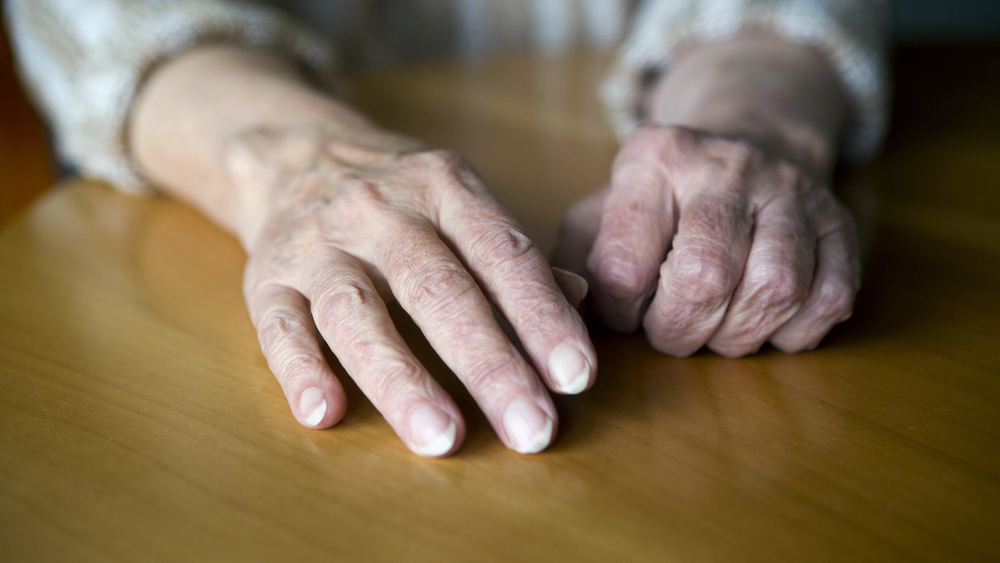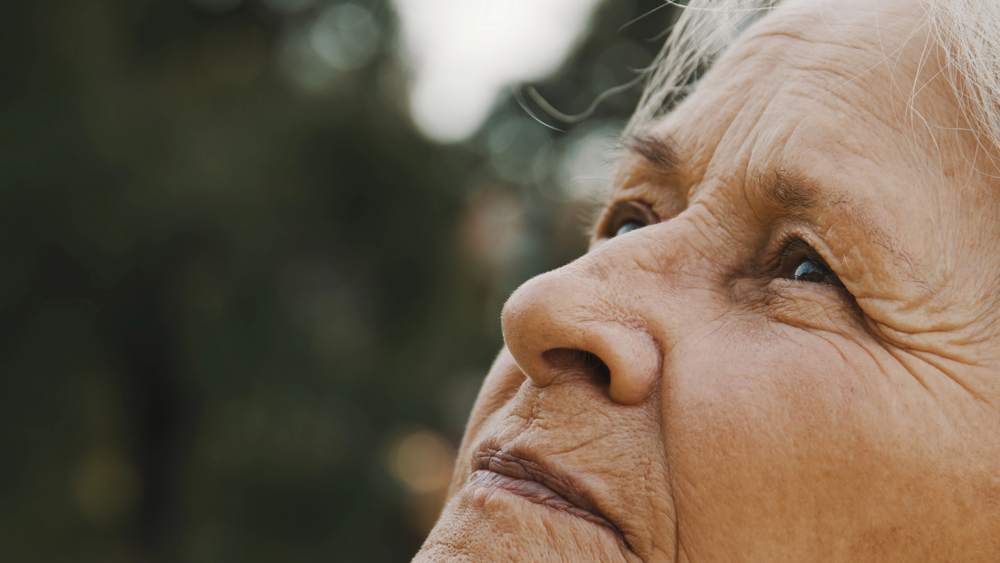The Nursing Home Law Center is committed to providing the legal resources necessary to hold negligent facilities accountable.
Elder Abuse Statistics
Elder abuse statistics show not only that the prevalence of elder abuse is startlingly high, but that it’s sadly underreported and misunderstood. Around 10% of all people over the age of 65 experience elder abuse, including psychological abuse, and this rate is rising. [1]
In this article, we will discuss the alarming figures on elder abuse, contributing factors, prevention, and legal protection.

Shocking Statistics on Elder Abuse
Elder abuse and mistreatment can take the form of physical, financial, sexual, and psychological abuse, and trusted persons usually perpetrate it. Perpetrators can be family members, other caregivers, nursing home staff, other residents, and strangers.
Sexual Abuse Statistics
Sexual abuse of older adults is often overlooked within elder abuse statistics, but it has serious consequences. Figures are also more likely to be lower than the actual prevalence, as this form of elder abuse often ends up unreported.
The stats show the following:
- According to the National Center on Elder Abuse, sexual violence has affected 0.9% of adults over 65 living in communities and 1.9% of nursing home residents. [2]
- Elderly women are more likely to suffer sexual abuse, with a global prevalence of 2.2%. [2]
- Women are six times more likely than men to be sexually assaulted in old age, but men may also underreport these incidents. [3]
- Studies estimate that 2–8% of older adults have experienced sexual abuse in the past year, with lifetime rates potentially as high as 17%. [3]
- Only about 30% of elderly victims over 65 report sexual abuse to authorities.[3]
- Around 83% of victims of this type of elder abuse live in care facilities or community settings like nursing homes.[3]
- About 27% of abuse cases happen in the victim’s or the abuser’s home.[3]
- In about 80% of cases, the abuser is the elder’s caregiver.[3]
- About 76% of abuse incidents are witnessed by someone else. [3]
- Approximately 67% of abusers of older adults are family members. [3]
- 80% of male sexual assault victims had cognitive and physical deficits that affected their capacity for self-care. [4]
- 90% of perpetrators against women were other residents older than 70. [4]
Physical Abuse Statistics
Physical abuse is any form of abuse that results in physical harm. It includes slapping, pinching, hitting, biting, pushing, and kicking. Victims can experience more than one type of abuse, such as physical and emotional abuse. The stats on physical elder abuse cases show:
- 2.6% of elderly people living in community settings experienced physical abuse in the past year.[2]
- 14.1% of abuse cases in nursing facilities involved serious physical injuries or harm to an older adult.[2]
- Nonfatal assaults among older men rose by more than 75% between 2002 and 2016, while women’s rates increased by over 35% from 2007 to 2016.[5]
- Among older adults overall, nonfatal assault rates rose by 31% from 2015 to 2022.[5]
- Homicide rates among older adults also rose by 26% between 2015 and 2022.[5]
- Violent injuries to an older adult cost the US almost $33 billion in 2022, indicating a public health crisis. [5]
- For people with dementia, 20% of caregivers in family home settings admitted to some form of physical abuse. [6]
- Only 9% of abused or neglected seniors survive beyond 13 years compared to 40% of non-abused seniors. [7]
- Emotional abuse often accompanies physical abuse, and it’s the most prevalent type in both community and facility settings (11.6% and 33.4%).[2]
Financial Abuse Statistics
Elder financial exploitation is the most common type of elder abuse. It is perpetrated by family members, nursing home staff, friends, other residents, and strangers. Financial abuse often involves the illegal or improper use of an elder’s funds, assets, or property for personal gain.
- Financial elder abuse prevalence in communities is 6.8%. [2]
- The rate of financial elder abuse in nursing homes is 13.8%. [2]
- In 2023, the associated losses grew by 11% compared to 2022. [8]
- In the same year, over 101,000 elderly victims reported financial fraud. [8]
- The average loss for victims of elder fraud was $33,915. [8]
- Tech support scams were the most prevalent, with over 18,000 victims. [8]
- Investment scams created the highest losses, with over $1.2 billion. [8]
- There were over 12,000 elderly victims of crypto scams. [8]
- 87.5% of older victims of financial mistreatment by a known perpetrator did not report this to law enforcement officers. [9]
Factors Contributing to Elder Abuse
Elder abuse is a complex public health and social issue, with risk and resilience factors including age, cognitive impairments, isolation, and caregiver stress. The nursing home abuse statistics we mentioned above show that abuse of older people more likely to happen in a facility than in a community, although it’s increasing in the community, too.
Here is how different factors contribute to this grievous human rights violation.
Aging Population
According to the World Health Organization, the number of adults over 60 worldwide will reach 2.1 billion by 2050, or 22%. [10] This will increase the pressure on social and caregiving services and increase the prevalence of elder abuse and neglect.
The situation is similar in the United States. In 2020, approximately one in six people in the United States were 65 and older (16.8%), a significant increase from 1920, when this proportion was less than 1 in 20. [11]
Caregiver Stress
About 15.6% of the U.S. population cares for an elderly family member or friend. Stress, burnout, and poor mental health are widely spread among caregivers, with one in five reporting that they feel alone.
According to AARP (American Association of Retired Persons), 42% of caregivers who have been in the role for over a year report high emotional impact, which makes them more likely to commit elder abuse. [12]
According to the WHO, mental illness, burnout, and substance abuse put carers as having higher risk factors for committing elder abuse.
Dependency and Vulnerability
Most elder abuse is committed by people who are caring for an elderly family member, primarily due to a lack of capacity to deal with complex issues, burnout, and stress.
At the same time, elderly individuals with poor physical health and disability overwhelmingly depend on their caretakers, meaning they are less likely to report, recognize, and articulate abuse.
These increase the risk factors of abuse in older people, especially in cognitively impaired individuals.
Social Isolation
Low social support was the most crucial factor that could predict the mistreatment of an older adult, including physical, emotional, sexual, and financial abuse. However, it did not impact the likelihood of family members’ financial exploitation. [13]
Elder Abuse Prevention and Awareness
Abuse prevention strategies are necessary in nursing homes and broader communities. These strategies include education and training, early recognition, and support for family caregivers, nursing home staff, and older persons.
Education and Training
To effectively combat elder abuse, it’s essential to raise awareness about the issue and educate caregivers and the public about the problem. Given that stress and burnout are a significant cause of elder abuse, caregivers should learn to recognize the signs, ask for help, and learn how to handle challenging situations.
The community, such as friends, neighbors, and professionals, must learn about reporting elder abuse and intervene in such a situation. Stats show that 30% of adults know a relative, friend, or neighbor who experienced elder mistreatment. [14]
Early Detection and Intervention
Only one in 24 elder abuse cases is reported, meaning it’s vital to learn how to respond to suspected abuse of older people. [15] Responding on time can save the elderly person’s life, as seniors who have experienced abuse or neglect are three times more likely to suffer premature death. [16]
Support Services
The availability of support services for elder abuse victims and their caregivers can significantly reduce abuse prevalence and its impact. Some critical support organizations include:
- National Center on Elder Abuse (NCEA)
- Adult Protective Services (APS)
- Family Caregiver Alliance (FCA)
- Eldercare Locator
Legal Protections
The Elder Justice Act, Senior Safe Act, and mandatory reporting laws protect elderly people and nursing home residents.
They can also seek protection from specialized personal injury lawyers who can assist them in the following ways:
- Investigating the abuse – A lawyer can gather medical records, facility records, photographs, witness statements, and other evidence to build a strong case and hold the abusers and enablers accountable.
- Consulting experts – They can also consult medical and financial experts to strengthen their claims further.
- Filing nursing home abuse claims – With a solid case, the lawyer can help you file a claim against the institution that enabled the abuse of older people.
- Negotiating settlements – They can negotiate fair compensation with the facility’s insurance company.
- Representing them in court – If the negotiations fail, a lawyer will be ready to represent you and seek compensation for the abuse.

Secure Expert Legal Representation!
If you suspect that someone has mistreated someone you care about, you can report abuse of older people to Adult Protective Services and law enforcement. Nursing Home Law Center also offers free consultations to anyone who suspects their loved one is suffering harm in an institution.
We can help you protect your loved one, seek compensation for physical injuries, psychological distress, and medical costs, and ensure that the facility is held accountable for its failure.
Contact us online or by calling (800) 926-7565 to book a free consultation with an elder abuse lawyer.
References: [1] National Library of Medicine; [2] National Center on Elder Abuse; [3] Maryland Coalition Against Sexual Assault [4] Wiley Online Library; [5] Centers for Disease Control and Prevention; [6] National Library of Medicine; [7] National Library of Medicine; [8] Federal Bureau of Investigation; [9] National Institute of Justice; [10] World Health Organization; [11] U.S. Census; [12] AARP; [13] National Library of Medicine; [14] National Library of Medicine; [15] U.S. Department of Justice; [16] Office for Victims of Crime

